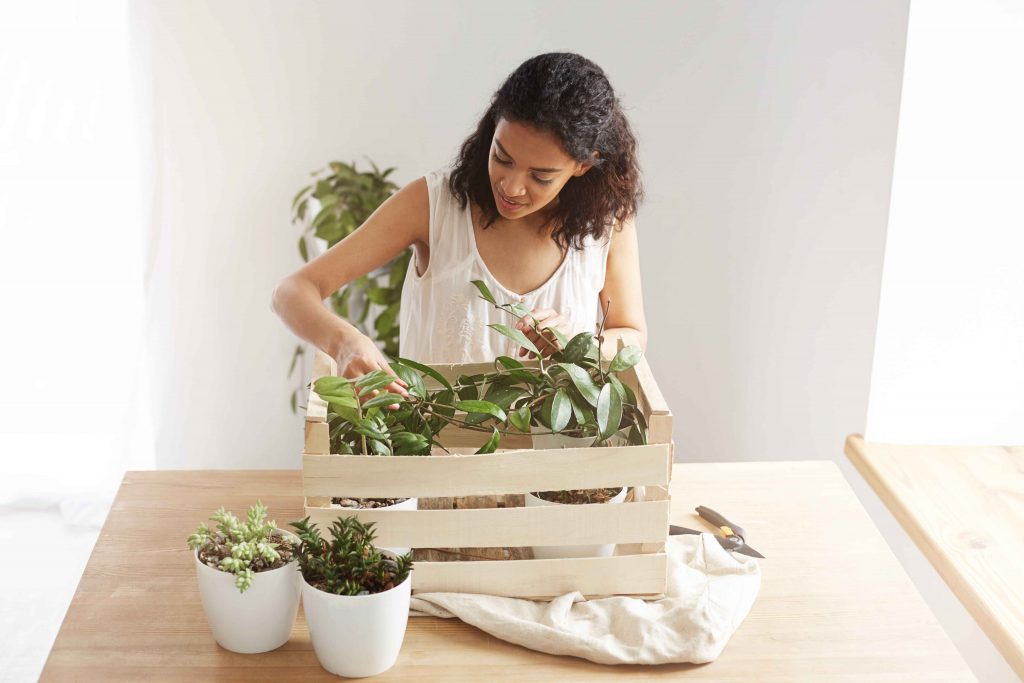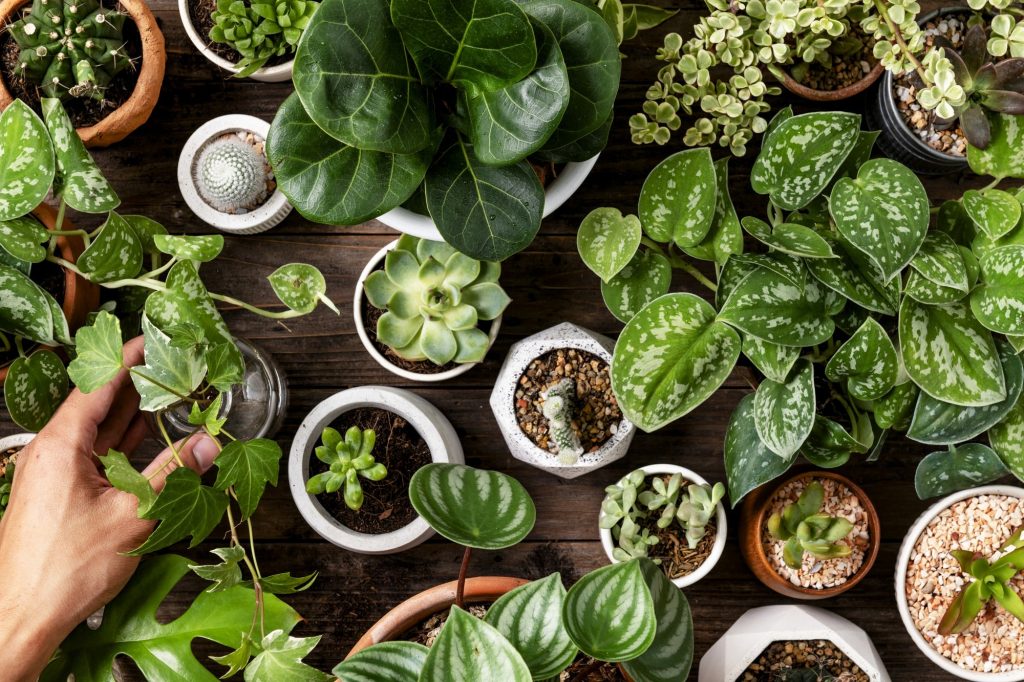Menu

Moving to a new home can be stressful for anyone, but plant enthusiasts face an additional challenge: safely relocating their beloved green companions. Learning how to move house with your plants successfully requires careful planning and execution, whether someone has a single succulent or an entire indoor jungle. This comprehensive guide will help plant parents navigate the process of moving with their leafy friends while keeping them healthy and happy throughout the transition.
Plants are living organisms that thrive on routine and stability. The stress of relocation can shock their systems, leading to wilting, leaf drop, or even death if not handled properly. Temperature fluctuations, changes in light exposure, physical jostling, and disrupted watering schedules all contribute to the challenges of plant relocation.
Many plant parents underestimate the complexity of moving their green collection. When figuring out how to move house with your plants, common errors include packing plants too early, neglecting to research transportation regulations, failing to acclimate plants to new conditions, and not preparing backup plans for sensitive specimens.

Before the move, plant owners should evaluate their entire collection. This involves cataloging each plant, noting its specific care requirements, and identifying which specimens are most valuable or irreplaceable. Some plants may be too large, too sensitive, or too common to justify the moving expenses and effort.
Different regions have varying restrictions on plant transportation. Interstate moves may require agricultural inspections or certificates, while international relocations often have strict quarantine requirements. Plant parents should research these regulations well in advance to avoid last-minute complications.
Understanding how to move house with your plants successfully requires a detailed timeline. Most experts recommend starting preparations 4-6 weeks before the moving date. This allows time for plant conditioning, obtaining necessary permits, and making alternative arrangements if needed.
Professional movers experienced with plants, such as Vango Removals, offer expertise and proper equipment for safely transporting green collections. While professional services are more expensive than DIY approaches, they provide valuable peace of mind and may not be available in all areas. DIY moves give plant owners complete control but require more preparation and risk. The choice often depends on collection size, budget, and distance of the move.
Temperature-sensitive plants benefit greatly from climate-controlled vehicles. During extreme weather seasons, this feature can mean the difference between plant survival and loss. Even short moves can expose plants to damaging temperatures in regular moving trucks.
The timing of the move significantly impacts plant survival rates. When planning how to move house with your plants, spring and early fall generally offer the most favorable conditions, while extreme summer heat or winter cold can be devastating. Mid-week moves often receive better attention from professional services compared to busy weekend schedules.
Plants should be among the last items loaded and the first items unloaded to minimize their time in transport vehicles. They should never be placed in areas where they might tip over or be crushed by other items. Clear labeling helps movers identify plant boxes quickly.
If driving personally, plant owners should check on their green passengers regularly during stops. Signs of stress include wilting, leaf drop, or changes in color. Having a spray bottle for misting and maintaining appropriate vehicle temperature helps keep plants comfortable.
Despite best preparations, problems can arise. Having contact information for local nurseries along the route, carrying basic first aid supplies for plants, and knowing how to provide emergency care can save struggling specimens.
Learning how to move house with your plants requires patience, planning, and realistic expectations. While the process can be challenging and not every plant may survive the journey, careful preparation significantly improves success rates. The key lies in understanding that plants are resilient organisms that can adapt to new environments when given proper care and time.
Plant parents should remember that building a collection is an ongoing journey rather than a destination. Whether starting fresh in a new location or successfully relocating an established collection, each plant represents an opportunity to create beauty and bring nature indoors. The effort invested in moving plants safely demonstrates the deep connection between humans and their green companions, making the reward of a thriving collection in a new home all the more meaningful.
With proper planning, the right resources, and a willingness to adapt, anyone can successfully master how to move house with your plants, ensuring that their leafy friends continue to flourish in their new environment.
Van Go Removals offers reliable removals & man and van services in London. Whether you need house removals, secure storage, or same-day deliveries, our friendly team is here to help make your move easy and stress-free.
WhatsApp us